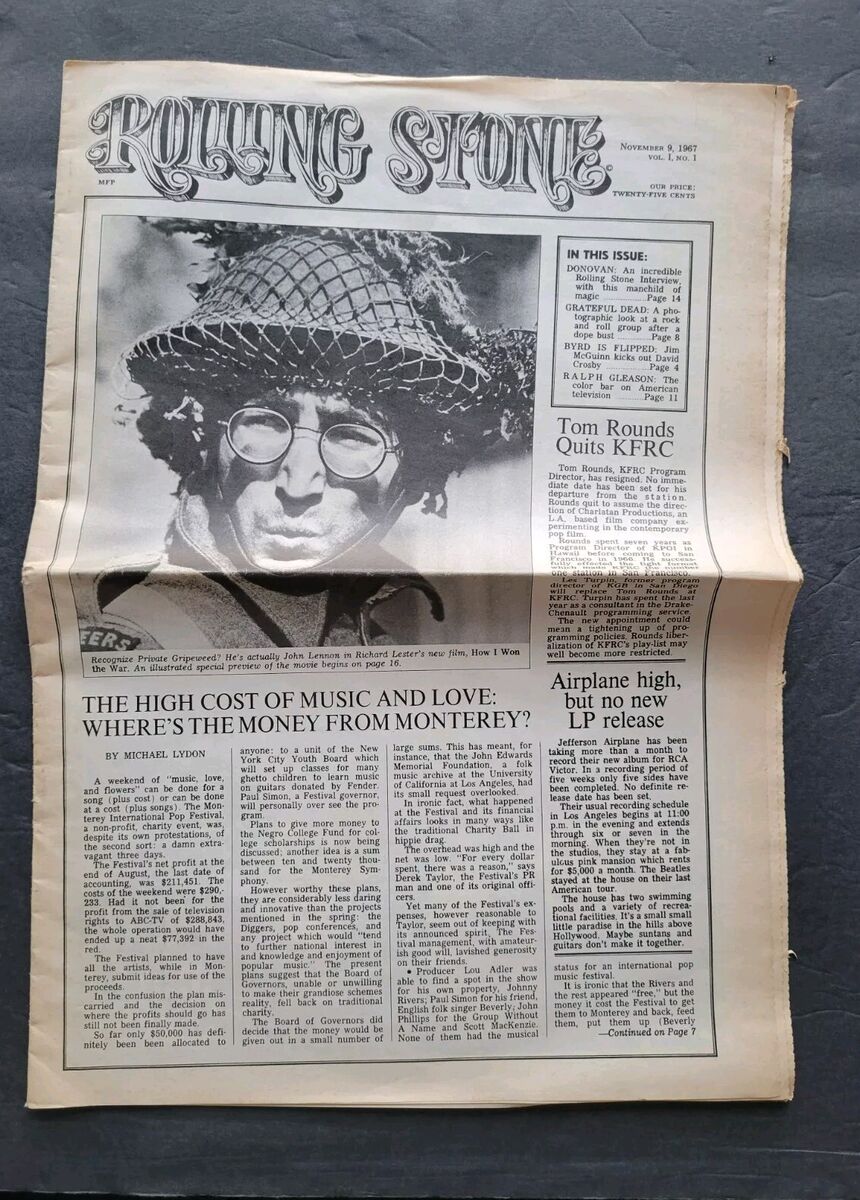Post


Rolling Stone Magazine (1967)
Step back to the late 60s and early 70s, when Rolling Stone magazine emerged from the US, quickly becoming the definitive voice of rock and roll and the counterculture generation. What made it special was its fearless, in-depth journalism that went beyond simple reviews, offering insightful interviews, investigative pieces, and stunning photography that captured the raw energy of the era. It wasn't just a magazine; it was a cultural touchstone, shaping tastes, breaking stories, and giving a platform to artists and ideas that mainstream media often ignored. People fondly remember its iconic covers, the Gonzo journalism of Hunter S. Thompson, and the feeling of holding a piece of the cultural revolution in their hands. For many, it was the essential guide to the music and movements defining their lives, connecting them to a vibrant, evolving world.